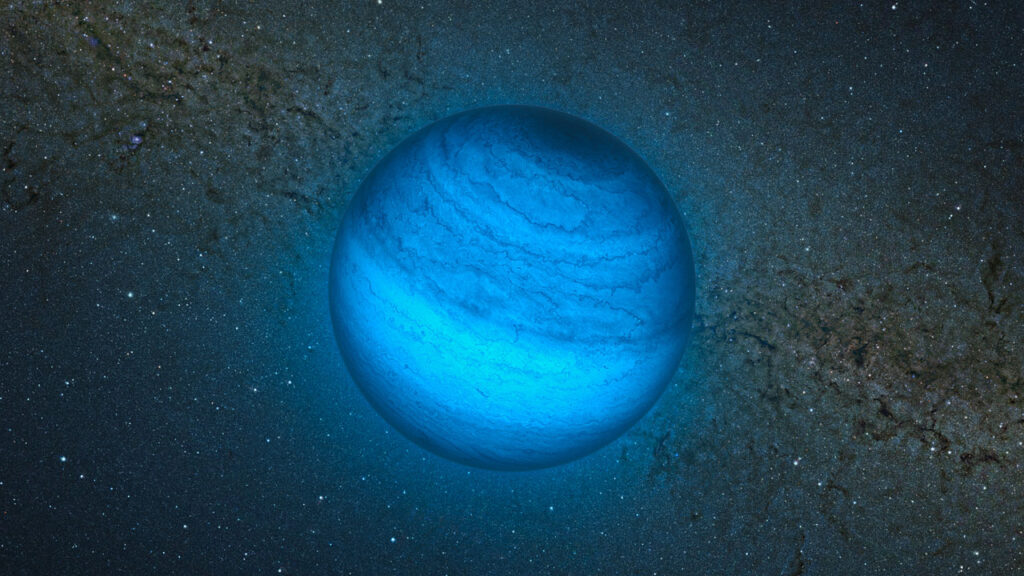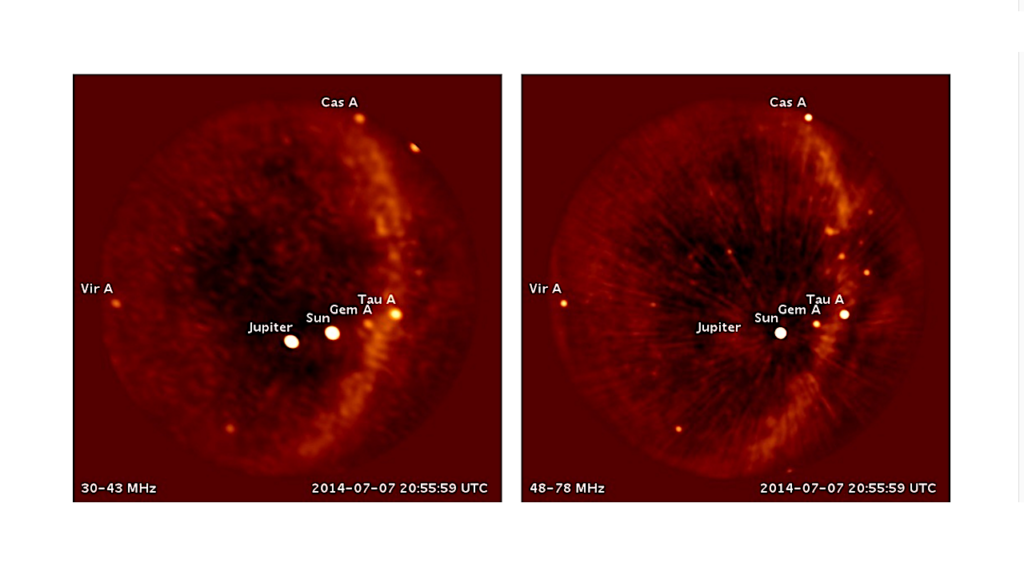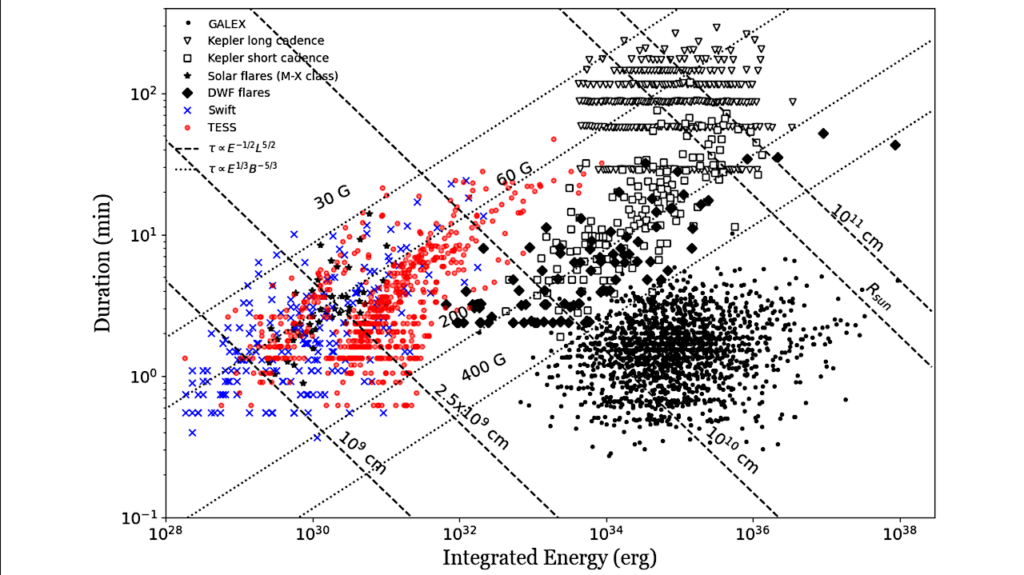Retrieving Exoplanet Atmospheric Winds From High-resolution Spectroscopy

The atmosphere of exoplanets has been studied extensively in recent years, using numerical models to retrieve chemical composition, dynamical circulation or temperature from data.
One of the best observational probes in transmission is the sodium doublet, due to its large cross section.
However, modelling the shape of the planetary sodium lines has proven to be challenging. Models with different assumptions regarding the atmosphere have been employed to fit the lines in the literature, yet statistically sound direct comparisons of different models are needed to paint a clear picture. Aims. We will compare different wind and temperature patterns and provide a tool to distinguish them driven by their best fit for the sodium transmission spectrum of the hot Jupiter HD 189733b. We parametrise different possible wind patterns already tested in literature and introduce the new option of an upwards driven vertical wind. Methods.
We construct a forward model where the wind speed, wind geometry and temperature are injected into the calculation of the transmission spectrum. We embed this forward model in a nested sampling retrieval code to rank the models via their Bayesian evidence. Results. We retrieve a best-fit to the HD 189733b data for vertical upward winds |v⃗ ver(mean)|=40±4 km/s at altitudes above 10−6 bar. With the current data from HARPS, we cannot distinguish wind patterns for higher pressure atmospheric layers. Conclusions. We show that vertical upwards winds in the upper atmosphere are a possible explanation for the broad sodium signature in hot Jupiters. We highlight other influences on the width of the doublet and explore strong magnetic fields acting on the lower atmosphere as one possible origin of the retrieved wind speed.
J. V. Seidel (1), D. Ehrenreich (1), L. Pino (2), V. Bourrier (1), B. Lavie (1), R. Allart (1), A. Wyttenbach (3), C. Lovis (1) (Observatoire astronomique de l’Université de Genève, CH (1), Anton Pannekoek Institute for Astronomy, University of Amsterdam, NL (2), Leiden Observatory, Leiden University, NL (3))
(Submitted on 5 Dec 2019)
Comments: 17 pages, 30 figures, accepted for publication in Astronomy & Astrophysics (04.12.2019)
Subjects: Earth and Planetary Astrophysics (astro-ph.EP)
Cite as: arXiv:1912.02787 [astro-ph.EP] (or arXiv:1912.02787v1 [astro-ph.EP] for this version)
Submission history
From: J.V. Seidel
[v1] Thu, 5 Dec 2019 18:28:28 UTC (9,044 KB)
https://arxiv.org/abs/1912.02787
Astrobiology








